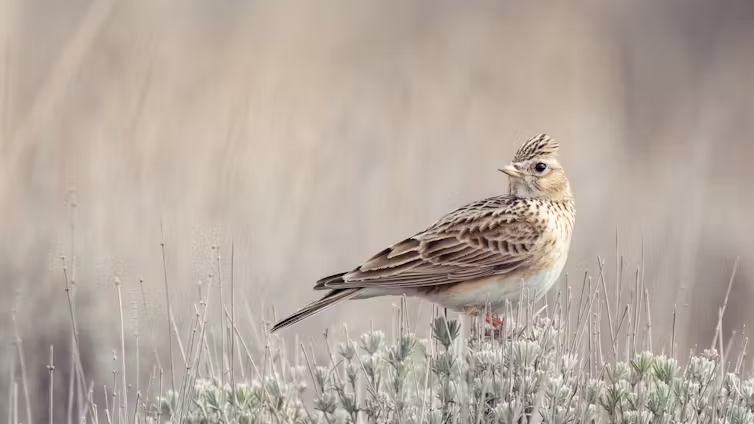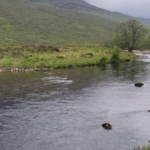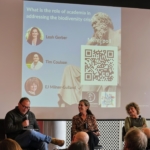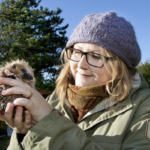Conservation mitigation hierarchy
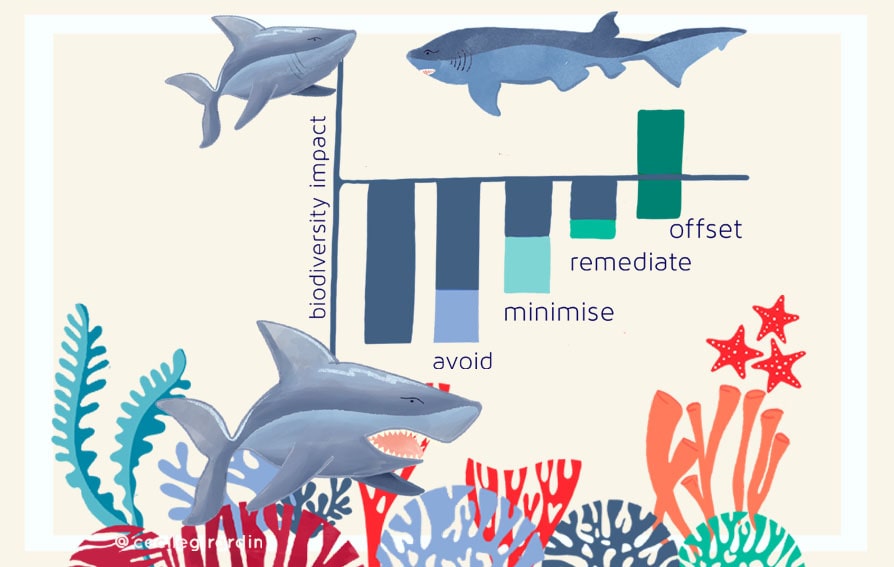
Dr. Henry Grub and Prof. E.J. Milner‐Gulland explain how researchers from the ICCS have developed a new framework to help us frame and account for all impacts humans have on nature – one that can be used by everyone: the 4 steps 4 the earth.
It came from the mitigation hierarchy, which is used to ensure no net loss of biodiversity is caused by new development. First, avoid impacts, then Minimise, then restore nature, then offset unavoidable residual impacts. The new Mitigation and Conservation Hierarchy integrates both impact mitigation and proactive conservation – so that governments, businesses, councils, Indigenous Peoples, and individuals can plan and monitor their contributions to nature (Arlidge et al. 2018).
It can be used by everyone
The 4 steps 4 the earth framework can help us deal with our impacts on nature. Here, the conservation Hierarchy team demonstrate that 4 steps 4 the earth is designed to be used by everyone. You can use the framework to change how you consume, from diet to fashion. Just as you can reduce your carbon footprint, you can reduce your biological footprint.
For example, you can
- Refrain from consuming high impact food items.
- Reduce your impact by switching to sustainable certified products.
- Restore by recycling food waste or composting.
- Renew by improving the biodiversity in your local area – grow flowers pollinators love!
You can encourage the organisations you work with to use the framework too. The University of Oxford is a case study institution aiming to improve the sustainability of the food it consumes and the biodiversity on its land using the 4 steps 4 the earth. OxPOCH is a research project looking at how to frame the University of Oxford’s impacts, mitigate against them and build in proactive conservation for net gain in biodiversity.
References
- Arlidge et al., A Global Mitigation Hierarchy for Nature Conservation, BioScience, Volume 68, Issue 5, Pages 336–347, 2018.
Other recent stories
